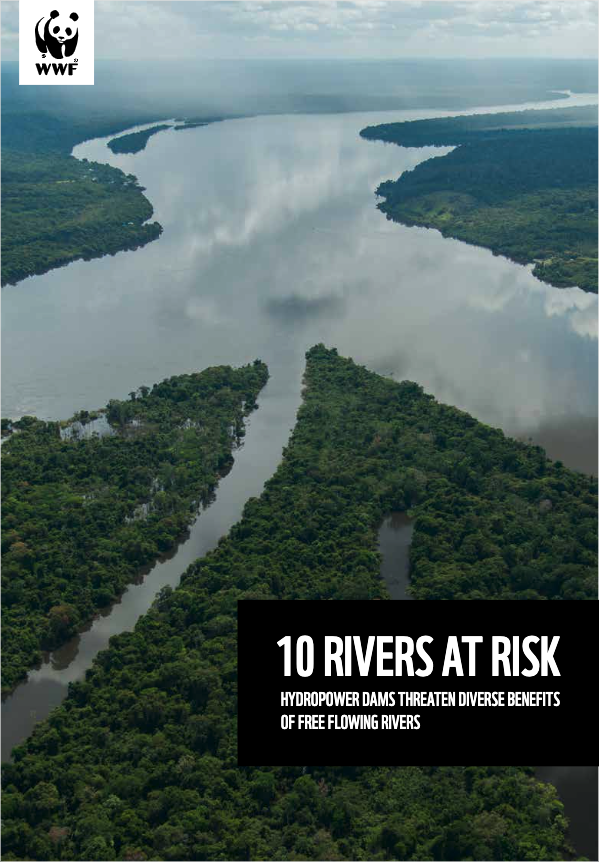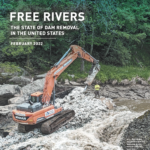Hydropower Dams Threaten Diverse Benefits of Free Flowing Rivers
This 2021 report from WWF highlights threats from hydropower to 10 rivers around the world:
Sepik (Papua New Guinea), Lower Mekong (Laos), Irrawaddy (Myanmar), Mara (Kenya), Kavango (Angola), Vjosa (Albania), Isel (Austria), Vistula (Poland), Tapajos (Brazil), Upper Paraguay River (Brazil)
Taking the LowCx3 Road to a Brighter Future
The 10 iconic rivers in this report are just a snapshot of all the free flowing rivers across the world that are threatened by poorly planned, high impact hydropower. A study in the journal Global Sustainability found that over 260,000 kilometres of free-flowing rivers – that’s more than six times around the Earth – could be lost if thousands of planned hydropower dams were built. And yet these projects would collectively generate less than 2 per cent of the renewable energy needed by 2050 to keep global temperature rise below 1.5⁰ C – a minute contribution to mitigating global warming with devastating consequences for the remaining free-flowing rivers, the people and nature that depend on them, and global efforts to adapt to the worsening impacts of climate change.
Connected and healthy rivers deliver diverse benefits that are often overlooked: freshwater fish stocks that are critical to the food security of hundreds of millions of people, delivery of sediments that nourish agriculture and keep deltas above rising seas, and floodplains that help mitigate the impact of extreme floods and support a wealth of biodiversity. With the impacts of climate change being felt primarily through water, safeguarding free flowing rivers is central to adaptation and resilience, particularly in the world’s increasingly vulnerable deltas.
We no longer have to choose between renewable energy and healthy rivers. We can abandon 20th Century thinking as there are better 21st Century solutions now. Thanks to the plunging price of solar and wind generation, and battery storage technologies as well as tools for siting low-impact renewables, we can secure a brighter future for people, rivers, nature and climate by developing power grids that are LowCx3 – low-cost, low-carbon and low conflict with communities and rivers.
- Commit to a LowCx3 pathway
- Reassess all planned hydropower
- Prioritize free flowing rivers
- Value and restore free flowing rivers


